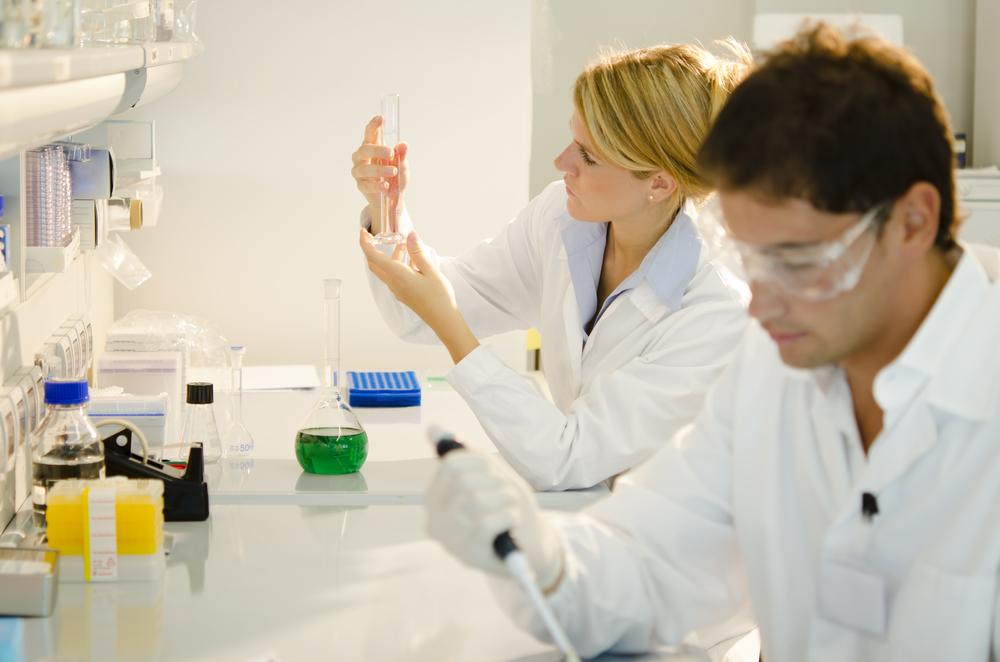Key Insights on the Benefits and Basics of Stem Cell Treatments
Discover fundamental facts about stem cell therapy, including its types, applications, procedures, and potential as an alternative to surgery. Learn how stem cells can help treat a range of health conditions and the importance of consulting healthcare professionals for safe and effective treatment choices.

Understanding Stem Cell Therapy: Essential Information You Should Know
No matter how disciplined your diet or fitness regimen is, certain illnesses can still affect you. Sometimes, disease-causing agents remain dormant or are inherited, only surfacing under specific conditions. Living with chronic conditions can impact both your physical and mental health, prompting a search for effective treatment options that can restore well-being.
One innovative treatment gaining attention is stem cell therapy. This approach involves using stem cells to treat and prevent diseases like diabetes and cardiovascular issues. Stem cells' remarkable ability to regenerate damaged tissues has made them life-saving in conditions such as leukemia. Though relatively new, stem cell therapy continues to expand, with many clinics offering potentially risky unproven procedures.
If you’re curious about stem cell therapy, here are some common questions answered.
What types of stem cells are involved?
All tissues and organs develop from stem cells, which serve as their foundation. Different types originate from various parts of the body and at distinct life stages.
The main types include embryonic stem cells, tissue-specific stem cells, mesenchymal stem cells, and induced pluripotent stem cells.
Not all stem cells are suitable for therapy; only specific types with proven efficacy should be considered to avoid worsening the condition.
Which illnesses can stem cell treatments help cure?
Stem cells can differentiate into specialized cells like muscle, skin, or bone, enabling tissue regeneration. They are used to treat neurological disorders, spinal injuries, and certain heart diseases.
Conditions like multiple sclerosis, orthopedic injuries, and immune system issues have shown positive responses to stem cell therapy, often speeding recovery and reducing pain.
How is stem cell therapy performed?
Stem cells are typically extracted from bone marrow or adipose tissue in the thigh or abdomen.
The cells are then processed in a centrifuge to concentrate the vital components for treatment.
This concentrated mixture is injected into the affected area, where stem cells promote tissue regeneration and healing.
Is stem cell therapy an alternative to surgery?
Often, surgery is considered a last resort, but stem cell treatment can sometimes eliminate the need for invasive procedures.
Conditions such as cartilage damage, ligament tears, osteoarthritis, and degenerative disc disease may now be treated with stem cells, avoiding surgery.
Tags: advanced stem cell therapy
Note: The information provided aims to inform readers across various health topics. While the research presented is factual, it should not replace professional medical advice. The site is not responsible for inaccuracies or related treatment decisions. Readers are encouraged to consult qualified healthcare providers before considering any treatment options.










